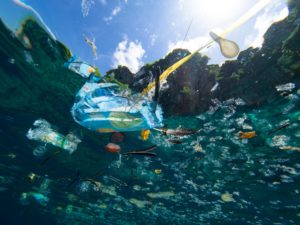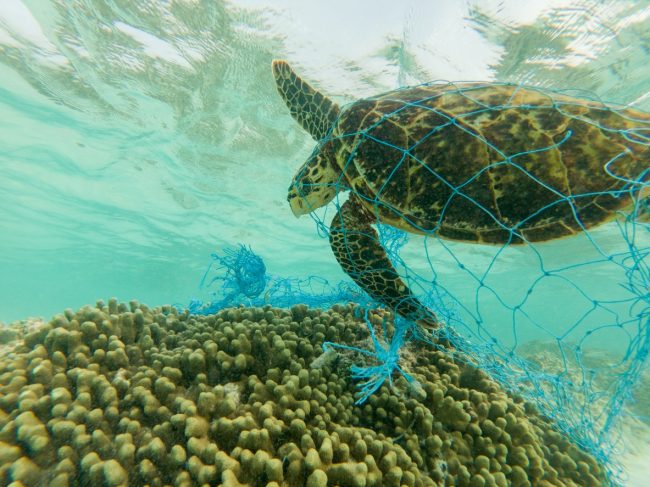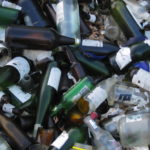The plastic problem – Finlay Dinnick
Cutting our consumption of single use plastic means avoiding having it as part of our daily diet:
All of us are familiar with the plastic problem that faces out planet today but many people don’t realise the deeper more complex problem that lies within arguably the 21st centuries most useful and most dangerous product. Since plastics invention in 1907, by Leo Hendrik Baekeland it has taken over our lives in everything aspect to the point that we can’t imagine life without it. It’s in our clothes that we buy, it’s in the technology that we use and its in the food packaging on our most loved produce but it could end up being in the food we eat if we don’t act soon.
While practically all of us use plastics, we are well aware of the environmental impact that it has on the planet – but this is okay because its mostly all recyclable now right?
Wrong.
The vast majority of the plastic we use inevitably end up in the ocean. This is because the actual statistic of how much of the plastic we use that it is recycled is 9%. This 9% is a tiny amount of the global plastic produced and means as a result that every year, 8 million metrics tons of plastics enter our ocean on top of the estimated 150 million tons that currently circulate our marine environments. So what’s the big deal with this? The problem is that the plastic that we put into our oceans takes on average 450 years to decompose, on top of this when the plastic does break down it turns into something called micro-plastic.

Micro-plastics are extremely small pieces of plastic debris in the environment resulting from the disposal and breakdown of consumer products and industrial waste. These micro-plastics have a detrimental impact on the marine environment and the aquatic animals within it, as it makes its way into the food chain. The problem all starts as zooplankton consume the micro-plastic pieces, which are passed up the food chain as animals are consumed by larger predators.
What this does is build up as it goes up the food chain as marine animals consume more and more animals with micro-plastics in them until in some extreme cases the animal may die as a result of having a high level of plastic in the blood stream and their body as a whole. These micro-plastics can also be transferable between the animal effected and its offspring as it can get into the animal’s milk or be present in the offspring as they develop.
So, we have established that the micro-plastics have a multi-generational impact on the marine ecosystem but where do humans come into this? Humans come into this as we eat these marine animals that contain micro-plastics in them. It is already estimated that we as humans have levels of traceable micro-plastics in us as a result of our own wrong doing. This colossal problem can be resolved but we in all need to play our part in stopping the problem reaching a point of no return.
There is hope though everyone can play a role big or small in tackling there consumerism of plastics both single use and multi-use, for example instead of suing cling film to keep your sandwich fresh you could swap it for aluminium foil that can be used time and time again. If your looking for an even bigger step in reducing both your carbon footprint you could swap to a beeswax and cloth solution which means that all you have to is reheat the wax to keep it fresh and usable.
If you are looking to cut down on single use plastic bottles then why not invest in a metal reusable one, not only are they cheaper for you in the long run but they also help to reduce your plastic footprint on the planet. If your looking to replace plastic bags then maybe a cotton bag would be a substitute.
The point I am trying to get at is that it’s very easy to find alternatives to the everyday plastic items which we use but it’s up to us whether we are willing to spend just that little more effort to benefit the greater good on ourselves and the planet to which we live. So over the next weeks challenge yourself to swap plastic items for items that don’t contain plastic and see if you can stick to that.
I am a Contributor for the RHS Bubble















Post Comment
You must be logged in to post a comment.